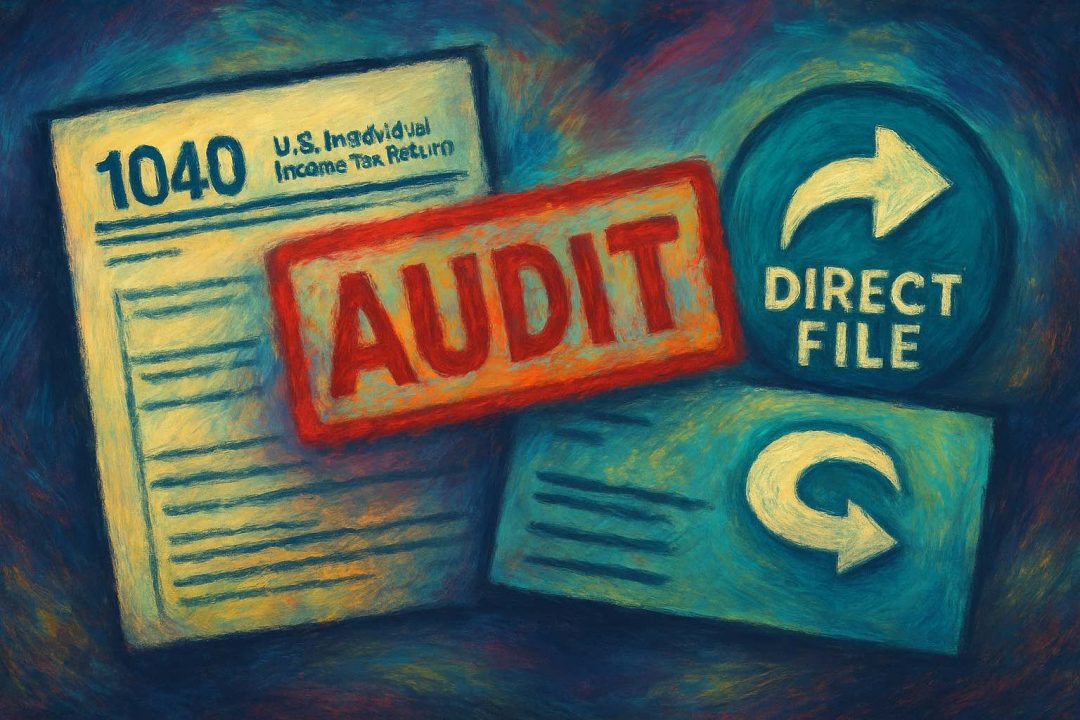
The Internal Revenue Service is expanding its Direct File program in 2025 after a limited but successful pilot last tax season. The IRS aims to give taxpayers a free, digital way to file federal tax returns and expects the service to support more users and features in the upcoming filing season.
If you’re wondering whether you qualify or how the tool works, here’s everything you need to know.
What is IRS Direct File?
Direct File is an official, free IRS e-filing option that lets eligible taxpayers file their federal returns directly through the IRS without using third-party software. In 2024, it launched as a pilot in 12 states, accepting 140,803 returns and issuing over $90 million in refunds.
According to the IRS, 72% of accepted returns received refunds, and just 4% broke even. The remaining 24% of filers owed taxes.
Who qualifies for Direct File in 2025?
The IRS has not yet finalized eligibility for the 2025 tax season, but based on 2024 criteria, you likely qualify if you:
- Are a U.S. resident
- Filed a Form 1040 or 1040-SR
- Have income from wages, interest under $1,500, unemployment benefits, or Social Security
- Claim standard deductions or select credits, such as:
- Earned Income Tax Credit (EITC)
- Child Tax Credit
- Student loan interest deduction
- Educator expenses
Notably, the IRS did not support filing for dependents as a non-custodial parent or handling more complex returns (like those with self-employment income or itemized deductions) in 2024.
Which states support Direct File?
In 2024, only residents of 12 states could use Direct File. These included:
- California
- Florida
- Texas
- New York
- Massachusetts
- Washington
- Arizona
- Tennessee
- Nevada
- New Hampshire
- South Dakota
- Wyoming
If the IRS expands the program in 2025, more states may be added.
How to access Direct File
When tax season opens (typically in late January), eligible users can log in at the official Direct File portal via irs.gov. The tool is expected to reopen around that time for the 2025 season.
You’ll be able to:
- Securely sign in
- Enter basic tax information
- Claim eligible deductions and credits
- Submit your return directly to the IRS
- Receive confirmation and track your refund status
Most users receive a refund in less than 21 days, especially when filing electronically.
Why it matters
With millions of Americans relying on expensive software or paid preparers, the launch of Direct File is a significant shift in how federal taxes can be filed. The IRS says its long-term goal is to make digital self-service as easy as online banking.
For taxpayers with simple returns, this could mean saving hundreds of dollars each year in filing fees.
What happens next?
- The IRS will likely announce updates to Direct File eligibility and supported states in late 2024.
- Taxpayers should monitor irs.gov or sign up for IRS news alerts to stay informed.
- You can still use IRS Free File in the meantime if Direct File is unavailable in your state.
